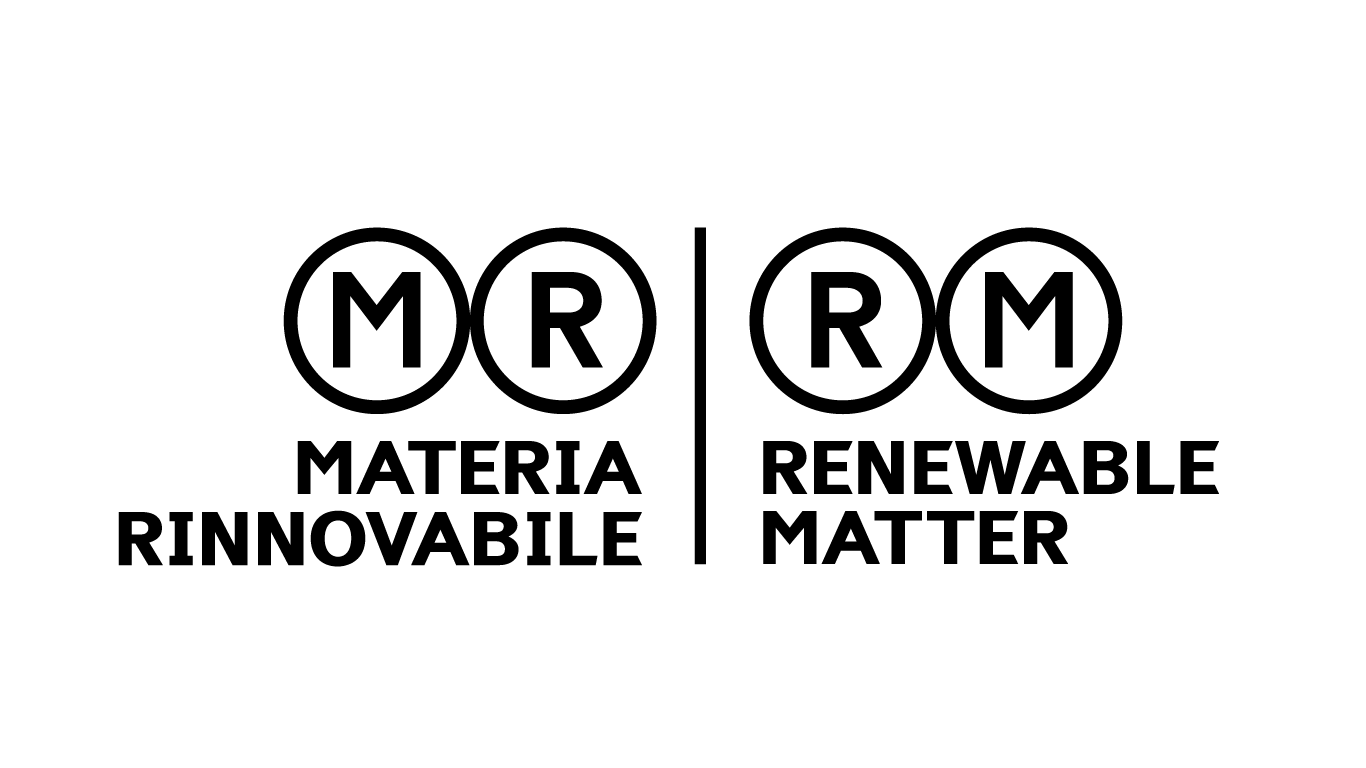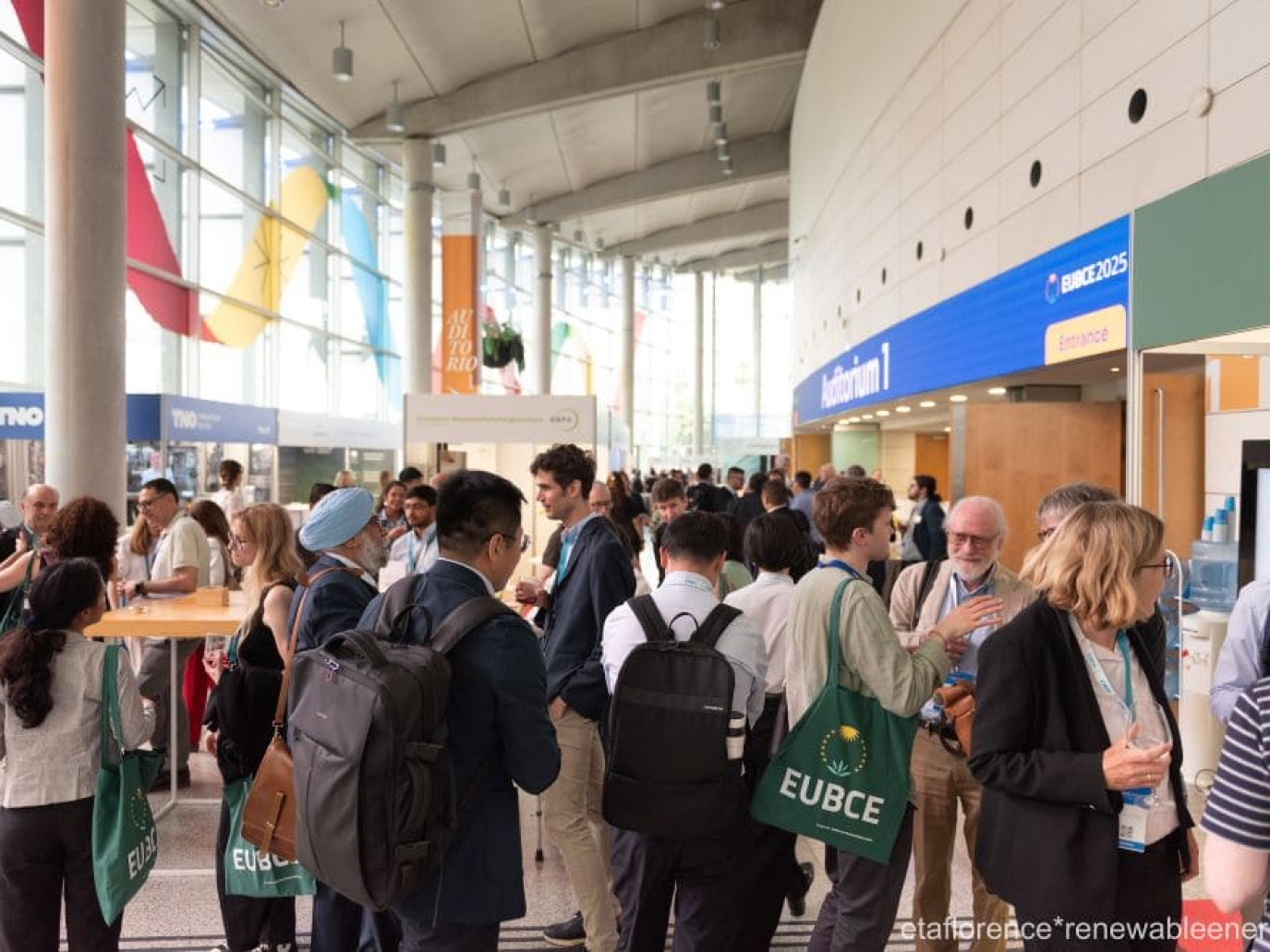This article is also available in Italian / Questo articolo è disponibile anche in italiano
from Valencia - Amid great expectations and the enthusiasm of research, the uncertainty of the global political landscape is putting serious strain on the evolution of the market and research into biomass. From the 8th to the 12th of June, more than 1,200 participants (including universities, industry representatives, and research institutes from 55 countries) gathered in Valencia, Spain, for the annual EUBCE, Europe’s leading conference and exhibition focused on biomass, biocircularity, and the bioeconomy.
Caught between geopolitical and environmental risks and new ecological challenges, the European scientific community is united in recognising the need to achieve energy independence — both from outside the EU and from fossil fuels — which cannot be achieved without biomass. This was highlighted by data from IEA Bioenergy, which shows that the transition will cost 20% more without bioenergy and be harder to achieve.
A message also emphasised during the opening ceremony by chairwoman Margarita de Gregorio, Secretary General of Bioplat, the Spanish Technology and Innovation Platform on Biocircularity, and CEO of Biocirc, the Spanish Biocircularity Association “Together, we are laying the foundations for a resilient Europe, one that is energy independent, economically dynamic, and environmentally sound”.
EUBCE 2025 highlights the importance of European energy independence
Now in its 33rd edition, the event welcomed delegations from across Europe, India, China, Canada, and the United States. Among the many facets of the biomass theme, particular attention was given to biomethane, algae, and their biobased applications, along with sustainable aviation fuels (SAF).
On the opening day, speakers offered an overview of the current landscape. Among them was Eric van den Heuvel, Technical Coordinator at IEA Bioenergy, who emphasised the urgent need to shift from fossil fuels to renewable sources. In the 25 member countries of IEA Bioenergy, fossil fuels still dominate, while bioenergy accounts for only around 7% of total energy consumption.
The transport sector remains problematic in the EU, where over 90% of liquid fuel use still comes from fossil sources, and renewable electricity plays only a limited role in road mobility. Looking ahead to reach the Net Zero Emission target, “the use of sustainable fuels must increase, but current progress is still falling short of 2030 targets.”
Biomass: investment and targets for 2030
Collaboration emerged as a common thread running through all the panels, not only between countries, but above all among public institutions, research centres, and companies. This point was reiterated throughout the event, where it was made clear that the lack of state subsidies and clear policy frameworks to support the sector continues to make investment in biogas a high-risk and uncertain undertaking for businesses. This regulatory instability is also strongly felt in the biomethane sector, as confirmed by data presented by the European Biogas Association.
In Europe, countries such as Spain, Italy, and Greece play a key role in the biomass market. However, the absence of financial incentives has often slowed the development of new projects. The strong volatility in feedstock prices represents a further obstacle, diminishing the appeal of investing in biogas and biomass production plants. Greater public support, including for private actors, could prove decisive, encouraging new investment and accelerating the energy transition.
A global look at biomass: the case of India
Among the markets where the biogas industry is experiencing particularly rapid growth is India. The National Bioenergy Mission, launched in 2018, has played a key role in shaping the country’s energy strategy, aiming for a 20% ethanol blend in fuels, with the ambition of reaching 25–30% in the coming years.
“India consumes around 25 million tonnes of petrol each year, and blending offers a concrete opportunity to significantly reduce this dependency,” explains Dr SSV Ramakumar, CTO and EVP of AM Green – Greenko.
In terms of raw materials, the country has a vast surplus of biomass, estimated at between 200 and 400 million tonnes annually. This resource includes agricultural residues, by-products from sugarcane processing, municipal solid waste, and manure. However, one of the main obstacles to the development of these plants is often the lack of a market for final products, alongside inadequate transport infrastructure.
For this reason, all the panel participants emphasised the need to strengthen both cross-sector and international cooperation, as well as to promote innovative technologies and incentive policies. Such a strategy could not only help tackle climate and energy security challenges but also open up new opportunities for economic development and inclusion in rural areas.
BDO Zones: from Canada, greater certainty for bioeconomy investment
From Canada comes the BDO Zone system, introduced by Jordan Solomon, Chairman of the BDO Zone Initiative and President of Ecostrat. Through a classification system that identifies areas with high potential for bioeconomy development (Bioeconomy Development Opportunity Zones), it is possible to facilitate the launch of new projects and construction sites that might otherwise be unfeasible due to expertise or geographic limitations.
For investors, a centralised classification system also offers greater assurance. In Canada, as in Europe, those investing in biotechnology-based projects typically face three main risks: feedstock supply, technological reliability, and market demand.
Experts at the Canadian Bioeconomy Congress highlighted several new tools, including feedstock price insurance and modular demonstration plants, both seen as key to reducing uncertainty. Product diversification and alignment with local needs also help in securing financing, while effective risk mitigation is regarded as essential to unlocking the global bioeconomy.
Biomass: making the European Union more competitive
The benefits of biomass use are widely acknowledged: greater energy security, enhancement and recovery of rural and marginal areas, stronger ecosystem resilience, and soil regeneration. Precisely for these reasons, it is essential to identify the main obstacles hindering its large-scale adoption. Chief among them are ongoing gaps in both national and European policies, along with a lack of adequate funding from both public and private sources.
“Biocircularity must be policy supported”, explains Margarita de Gregorio. “It is time to push the sector before it is too late. We need to scale up; it will be an investment to make Europe more autonomous. The turning point is now.”
On the technological front, clear progress and achievements have been made. Many solutions have reached maturity, but only on a small scale, and this poses a risk to achieving the 2030 targets. As Kyriakos Maniatis, Principal Administrator in Unit C2 – Directorate-General for Energy at the European Commission, points out: “Given that it takes at least three years to build a plant, we must ask ourselves, as the EU seems to suggest, whether we have time to wait for the perfect technology, or if we should instead be deploying the most effective solutions already available.”
All this while keeping in mind that India, China, and North America are moving forward more quickly on these fronts, with the clear risk that the European Union could become irrelevant and obsolete on the world stage.
Cover: © EUBCE



